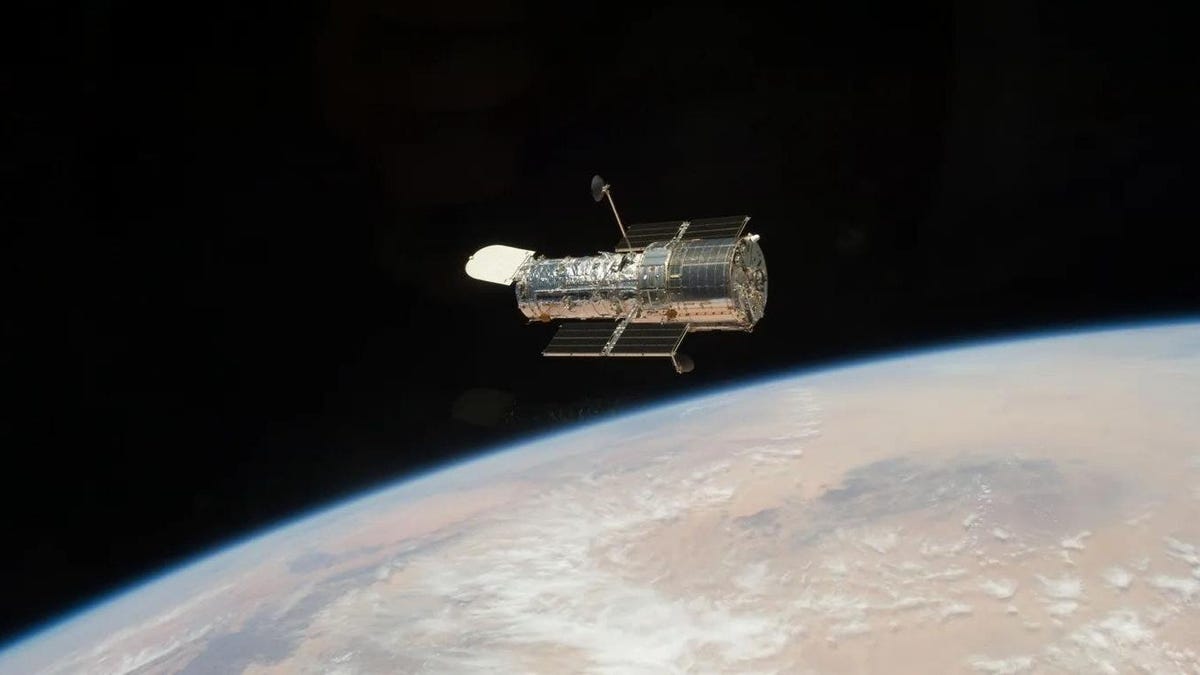
NASA’s iconic Hubble Space Telescope isn’t doing so well. The observatory has been suffering from a pesky glitch affecting its gyroscope, causing it to suspend its science operations for a second time in less than six months.
On Friday, NASA announced that Hubble had automatically entered safe mode on Tuesday, April 23 when one of its three operational gyroscopes returned faulty readings. Engineers are currently working on a solution to resume the telescope’s observations.
This marks the second time the space telescope has halted its scientific operations due to the same issue. Earlier in November 2023, one of the gyros returned similar wacky readings, which prompted Hubble’s safe mode. The telescope resumed operations the next day, only to enter safe mode once again. It was finally brought back to life in mid-December 2023.
Gyroscopes are used to determine the direction in which the telescope is pointing and to maintain its orientation. Hubble started off with six gyros on board, but only three remain operational today. The telescope can operate with just one if needed, but it uses all three for increased efficiency.
One of the solutions NASA engineers are considering is to have Hubble reconfigured to operate with one gyro while placing the other two in reserve, according to the space agency. “NASA anticipates Hubble will continue making groundbreaking discoveries, working with other observatories, such as the agency’s James Webb Space Telescope, throughout this decade and possibly into the next,” the space agency wrote in its statement.
Hubble launched in 1990 as a pioneering optical space telescope, and has since delivered incredible images and major contributions to our understanding of the cosmos. The aging telescope has overcome other setbacks during its time in orbit, and NASA seems confident in its recovery.
For more spaceflight in your life, follow us on X and bookmark Gizmodo’s dedicated Spaceflight page.

